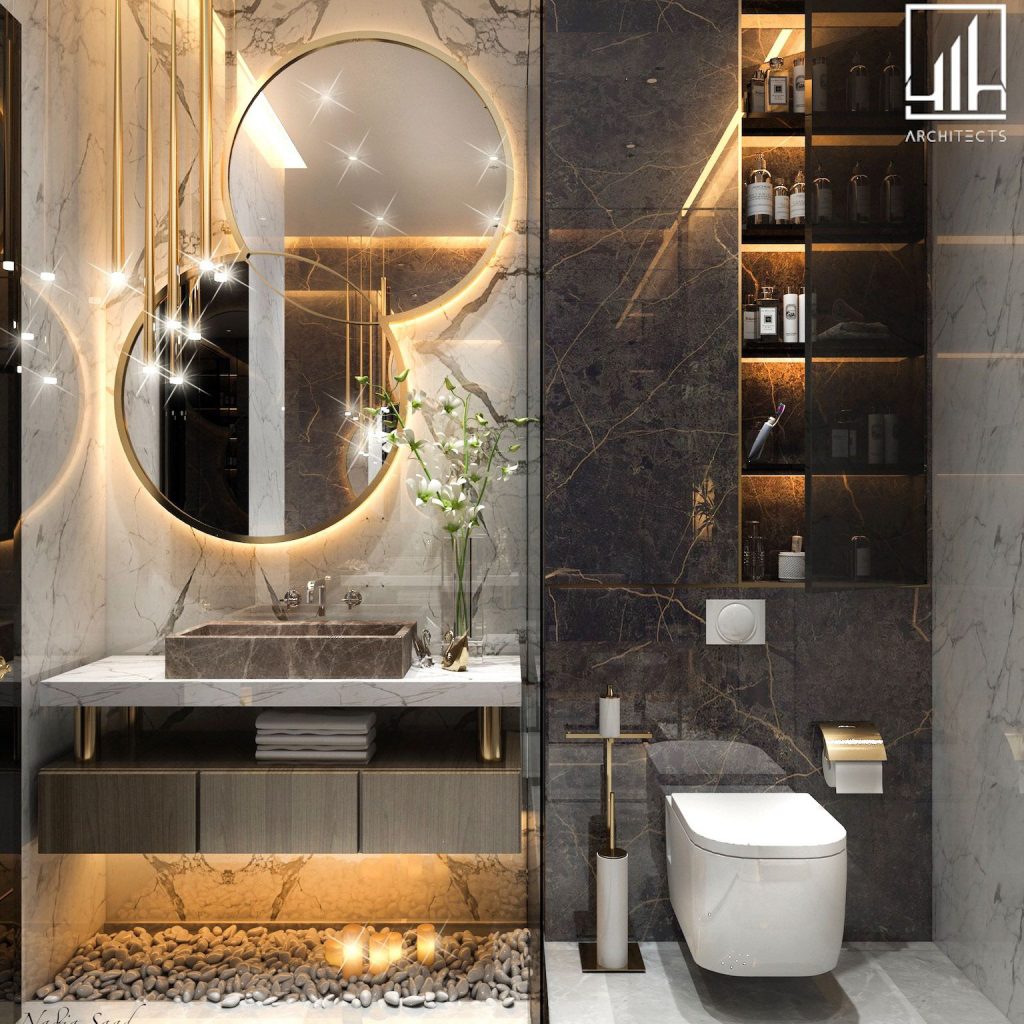Introduction
Rain is often seen as a nuisance, something that impedes our outdoor plans and dampens our spirits. But what about the rain drops themselves? Have you ever taken a closer look at the mesmerizing patterns they create as they hit the ground, or the glistening shine they exhibit when caught in the light? And what about glass rain drops – have you ever heard of them? In this article, we’ll delve into the science and beauty behind glass rain drops.
What are Glass Rain Drops?
Glass rain drops, also known as crystal rain drops or glass beads, are small glass spheres that are formed when sand or silica particles are heated and melted. They are commonly used in landscaping and decorative purposes, and can be found in settings such as fountains, vase fillers and aquariums.
History and Origins
The use of glass beads dates back to ancient Egypt, where they were often used in jewelry and for decoration purposes. In more recent times, glass beads have been produced commercially since the mid 19th century.
How are Glass Rain Drops Made?
Glass rain drops are created through a process called glass bead-making. First, a mixture of glass particles, often silica sand, is heated to high temperatures and melted. The molten glass is then dripped into water or a cooling solution, which causes it to quickly harden into small spheres. The spheres are then polished and screened to ensure uniformity in size and shape.
The Science Behind Glass Rain Drops
The unique properties of glass make it an ideal material for the creation of glass rain drops. Glass is transparent, which allows light to pass through and reflect off its surface, creating a beautiful sparkle effect. The rounded shape of the glass rain drops also enhances this effect by capturing and reflecting light from multiple angles.
Application in Landscaping and Décor
Glass rain drops are commonly used in landscaping as a decorative feature in gardens and water fountains. They add a unique visual element to the outdoor setting and can create a soothing and calming atmosphere. The use of glass rain drops in indoor décor is also popular, in settings such as vase fillers, table centerpieces and aquariums.
The Future of Glass Rain Drops
Glass bead-making has been around for centuries, and the use of glass rain drops in landscaping and décor continues to be popular. However, as technology advances, the production of glass rain drops may take on new forms and applications.
Emerging Trends
One emerging trend in glass rain drops is the use of recycled or upcycled glass for their creation. As sustainability becomes more important, the ability to reuse existing materials is essential. Another trend is the incorporation of LED lighting into glass rain drops, creating a dynamic and interactive visual experience.



More Posts
Unraveling the Mystery of Bird Ring Colors by Year
Lampe Touch: The Latest Addition to Your Modern Lifestyle
Vintage Diner Charm: Illuminate Your Space with Iconic Diner Lamps